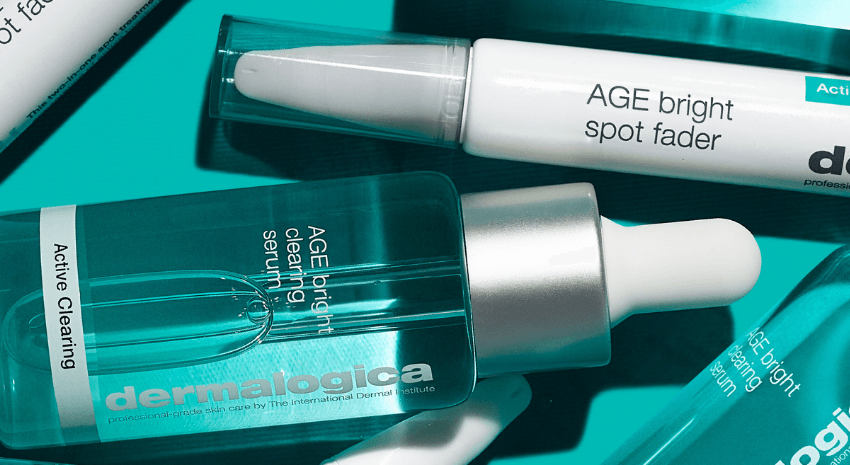1 mins read
what is salicylic acid?

Learn about this popular ingredient and why it works so well on acne-prone skin.
- Salicylic Acid is a Beta Hydroxy Acid (BHA) that exfoliates skin to help unclog pores.
- Salicylic Acid is known to help clear and prevent acne.
Struggling with stubborn acne that won’t go away? Salicylic Acid might be just what you need for your skincare routine. Our skin health experts break down Salicylic Acid: what it is, how it works, the benefits, and the way it differs from other acne treatments. Get ready to regain control of your complexion and rediscover your radiant glow.
benefits of salicylic acid
- Salicylic Acid reduces levels of sebum (your skin’s natural oil).
- It stimulates cell turnover and clears away dead skin cells.
- It’s a preferred ingredient for adult acne thanks to its skin-soothing properties.
how salicylic acid works
Salicylic Acid is a Beta Hydroxy Acid, which has a slightly different atomic structure from an Alpha Hydroxy Acid (AHA) involving an extra carbon atom. BHAs are oil-soluble and highly efficient at unclogging pores and exfoliating acne-prone skin.
what salicylic acid does to acne
Acne happens when dead skin cells, excess sebum and breakout-causing bacteria form plugs that clog pores. Salicylic Acid has the special ability to penetrate clogged pores and dissolve the “glue” that holds pore-clogging dead skin cells together. This helps clear breakouts.
salicylic acid vs. benzoyl peroxide
The biggest difference between Benzoyl Peroxide and Salicylic Acid is that Benzoyl Peroxide kills breakout-causing bacteria. Salicylic Acid doesn’t kill bacteria but it does remove other factors that contribute to breakouts. It also removes surface oil and evens out skin texture. You can use both ingredients in your regimen, but this can be very drying, so use them at different times.
how fast-acting are salicylic acid products?
Positive results can be immediate. Since Salicylic Acid has skin-soothing properties, you could notice an improvement as soon as the next day. However, everyone’s skin is different, so results will vary with skin type. Most people see significant changes after a few weeks of regular use.
how to use salicylic acid
For lasting results, you should apply Salicylic Acid products daily or every other day. If skin feels too dry, reduce use to once a week. You can find Salicylic Acid in some of our cleansers and exfoliants, such as Clearing Skin Wash and Daily Microfoliant. We’ve also combined it with Retinol to target both breakouts and skin aging. You can find this special combination in our Retinol Clearing Oil.
can I use salicylic acid while pregnant?
Not enough research has been conducted with pregnant women to determine the effects of topical Salicylic Acid. Doctors typically recommend that pregnant women avoid using high concentrations of Salicylic Acid. Small amounts of Salicylic Acid in a spot treatment or a wash-off product used once or twice a day is typically considered safe. Steer clear of products that cover more areas or that sit for longer periods of time on the skin.
you now have two options to treat adult acne + premature skin ageing:
One is Retinol Clearing Oil. It has a soothing oil base, and combines the benefits of both powerhouse ingredients while helping keep irritation at bay. The oil base also mimics skin lipids, helping to deliver actives deeper into the skin’s surface and trap moisture. This makes it ideal for breakout-prone adult skin, which is often susceptible to dryness and sensitivity.
Or, you can continue to use separate Retinol and Salicylic Acid products. If you choose this route, try not to apply them at the same time. Use Salicylic Acid in the morning and Retinol at night. Those with more sensitive skin may need to use these products on alternate days, or reduce Salicylic Acid use to once a week or on an as-needed basis.
Last but not least: Retinol and Salicylic Acid can both increase your skin’s sensitivity to the sun, so always wear sunscreen. If your current sunscreen feels like it’s generating too much heat (i.e. if you feel a burning sensation), switch to a physical or mineral-based sunscreen.

